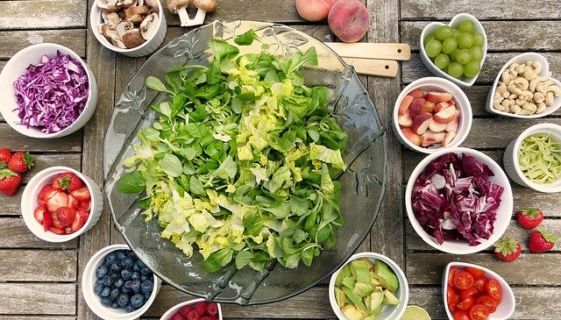Turmeric is an Indian spice commonly used to make curries and mustard. It has a deep yellow-orange color, attributed to the powerful antioxidant curcumin, and is considered one of the most powerful natural anti-inflammatories. Studies suggest that the incidence of certain cancers is lower in individuals who consume curcumin regularly compared to those who do not. Curcumin may inhibit tumor initiation, promotion, invasion and metastasis; induce apoptosis (natural cell death), and impair blood supply to the growing tumor. Several studies have reported curcumin’s anti-tumor activity in cancers of the breast, lung, brain, prostate, head and neck, as well as in squamous cell carcinoma. It also has antimicrobial activity.
Studies suggest turmeric may also benefit cardiovascular health by helping to lower cholesterol levels and increase the “good” cholesterol. Individuals who suffer from Irritable Bowel Syndrome (IBS) may benefit from incorporating turmeric into their diet due to its potential to reduce pain and discomfort associated with IBS. Other potential benefits of consuming turmeric include—but are not limited to — the following:
- Antibacterial activity
- Supporting brain health and cognitive function
- Antidepressant effects • Joint and muscle health
- Blood sugar control
- Benefits to human metabolism
Tips for cooking with turmeric
In order to maximize the anti-inflammatory benefits of turmeric, try to ingest it with:
- A pinch of black pepper. Piperine, the active component of black pepper, helps enhance curcumin absorption.
- A healthy fat such as extra virgin olive oil, or fatty foods such as salmon, avocado, or nuts and seeds. Turmeric is fat-soluble (meaning it dissolves in fat) so consuming it with a fat can significantly increase absorption.
A small amount of turmeric adds a lot of flavor to a dish, but too much can make it bitter. If you don’t care for the taste of turmeric or are simply looking for new ways to bring it into your diet, try adding the fresh root or dried spice to your smoothies. When cooking with turmeric, you can be confident the flavor will mellow as you continue to cook it. The taste can also be hidden or made more subtle by adding other, more powerful herbs and spices, such as ginger, mint, cilantro, or jalapeño. Some other ideas for using turmeric include: mixing into an egg scramble, frittata, salad dressing, or dip; adding to sautéed and/or roasted vegetables, stews, rice, or other whole grains.
Turmeric: Fresh or Dried?
Both fresh and dried turmeric have been found to offer health benefits, and both forms raise blood curcumin levels. Consensus on whether fresh or dried is better is difficult to find because, as with other spices, so much depends on various factors that are difficult to control, including where it was grown, the variety used, drying methods, and so forth. But no matter which form you prefer or have access to, this is a highly beneficial spice that is worth incorporating into your diet in as many ways as possible!
To learn more, download our eBook The Power of Herbs and Spices: Cooking Your Way to Better Health.



 Crystal Pace
Crystal Pace 

